If you are an avid hiker, you have likely heard of the trend of barefoot shoes. These lightweight and flexible shoes allow for greater movement and provide a barefoot-like sensation while on the trail, making them a great alternative to traditional hiking footwear. But is this style of shoe really suitable for an outdoor activity such as hiking? In this ultimate guide to barefoot shoes for hiking, we will explore the benefits and drawbacks of using these new types of shoes.
What are barefoot shoes?
Barefoot shoes are designed to provide a “barefoot feel” and allow you to experience as much of the terrain as possible without sacrificing any protection. They are minimalist shoes that allow your feet to move naturally while still providing cushioning, support, and traction. Many barefoot shoes have a wide toe box so your toes can splay freely. The sole is usually thin and flexible, allowing for maximum ground feel and natural movement. Barefoot shoes come in various styles, such as sandals, boots, sneakers, and casual wear.
Overall, barefoot shoes are an excellent choice for hiking as they provide maximum protection and comfort while still allowing your feet to experience the terrain. If you are looking for a shoe that is comfortable, supportive, and provides great traction on different types of terrain then barefoot shoes are definitely worth considering!
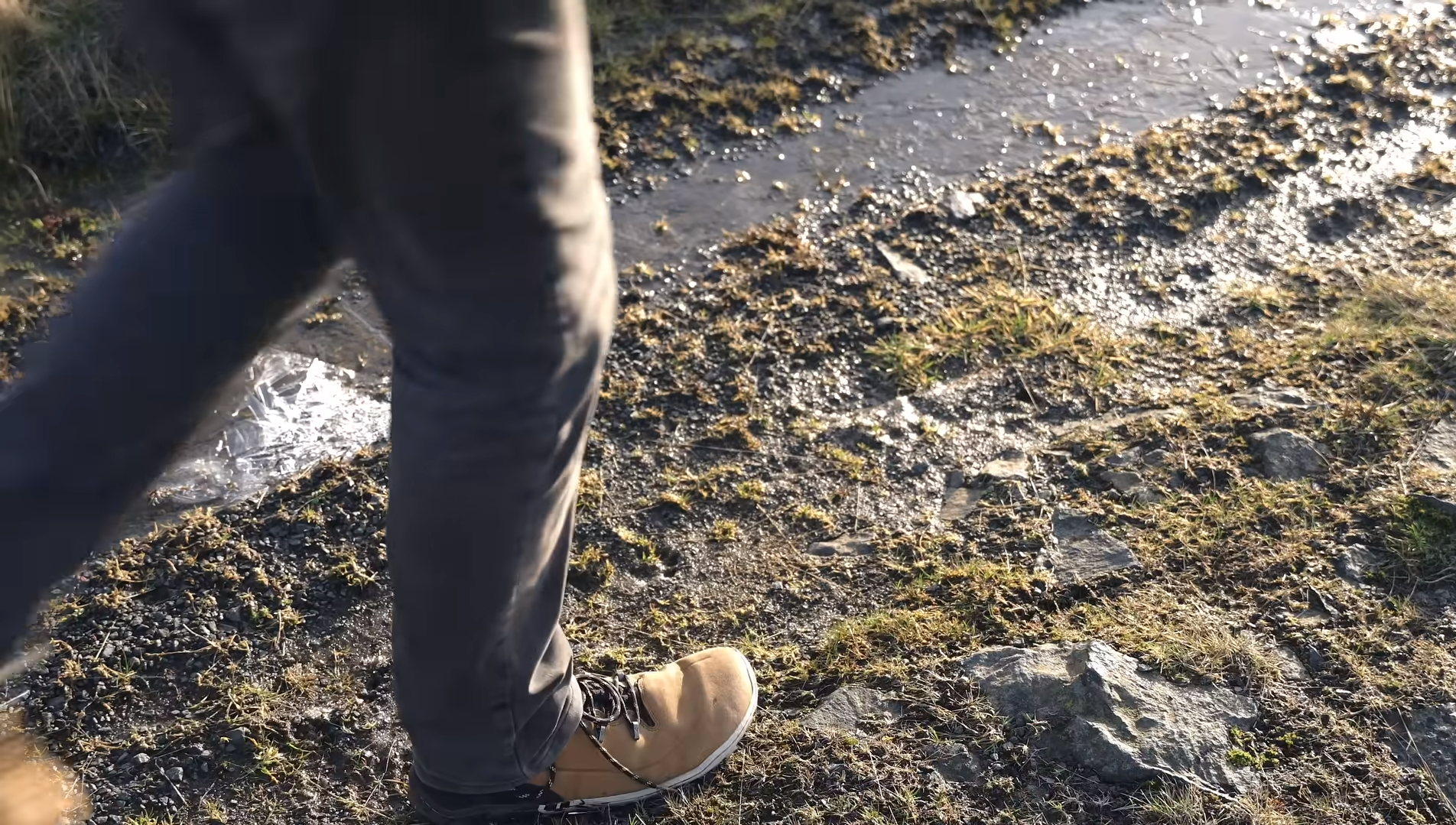
Should barefoot shoes be worn with or without socks?
While wearing barefoot shoes with or without socks is ultimately a personal preference, there are several factors to consider. If you’re going on a long hike and/or the terrain is particularly challenging, it may be beneficial to wear socks with your barefoot shoes. Socks can add extra cushioning and provide an additional barrier between your feet and the ground. This might help prevent blisters from forming due to rubbing against the shoe’s interior.
At the end of the day, the best way to determine whether you should wear socks or not is to experiment and find out which works better for you. The key is to find a combination that will keep your feet comfortable throughout your hike. And don’t forget — it’s always important to break into your shoes properly before taking on a longer journey!
Tips for Getting Started with Barefoot Hiking
If you’ve decided that barefoot hiking is right for you, here are some tips to help you get the most out of your experience:
- Start slowly. Take shorter hikes and focus on building up your strength and endurance — this takes time.
- Listen to your body. If something doesn’t feel right, take a break or adjust the way in which you’re walking.
- Be prepared with protective gear. Make sure to bring bandages and other items that can protect against potential hazards like sharp rocks, thorns, etc.
- Bring extra socks! Or even better yet, invest in an extra pair of shoes specifically for wet weather days so that your feet don’t get drenched.
- Timing is key. If possible, look for routes with soft ground, or plan your hike around the weather to avoid muddy paths.
- Don’t forget to take breaks! Give your feet and legs rest throughout the day and make sure to stretch out any soreness you may feel.
By following these tips, you can ensure that your barefoot hiking experience is an enjoyable one. Have fun out there!
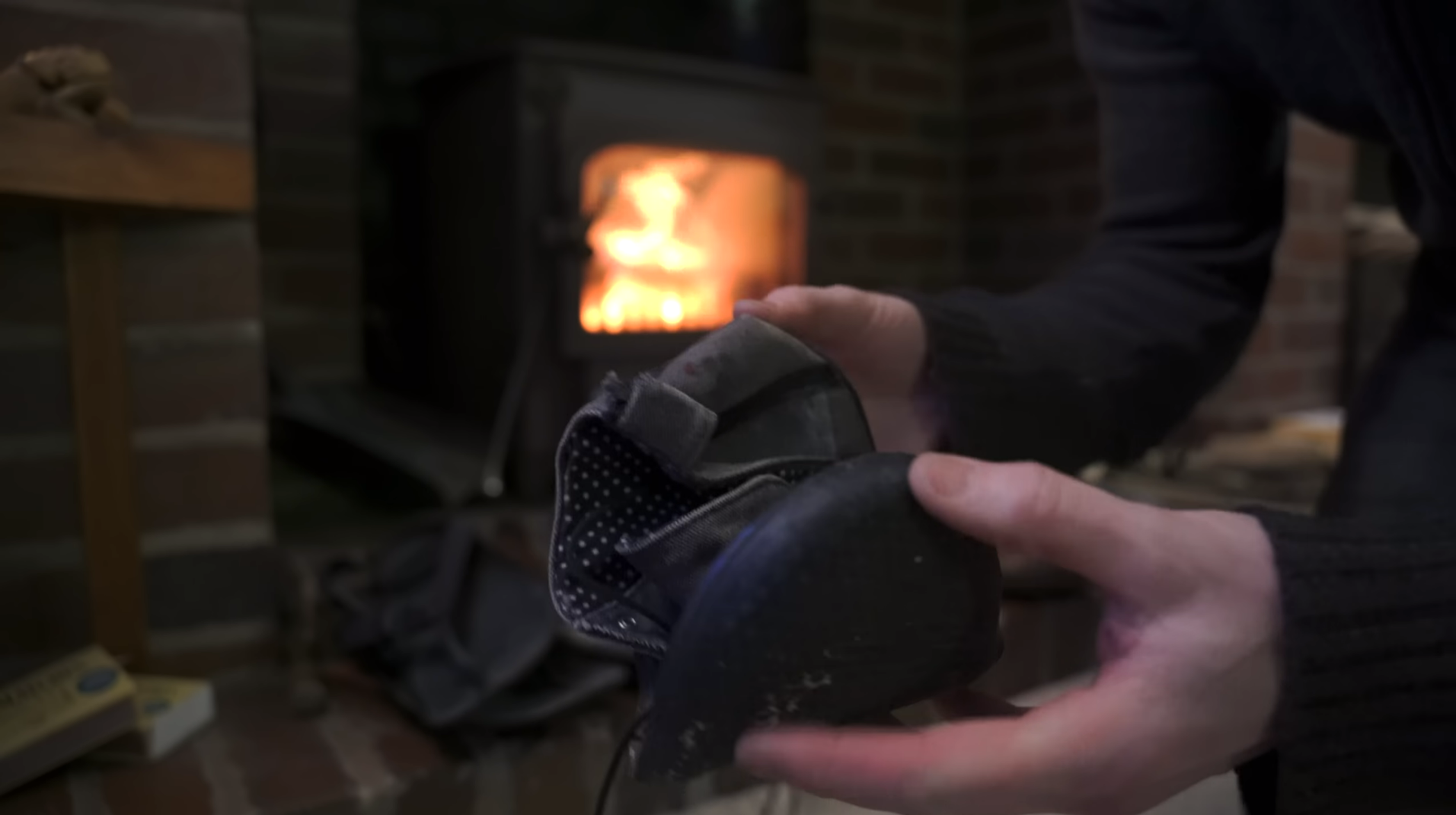
Hiking in Barefoot Shoes – Pros and Cons
If you’re considering taking your hiking trips to the extreme, then you might be wondering if barefoot shoes are a good option for tackling trails and rocky terrain. While there are undoubtedly drawbacks to choosing this type of footwear, it could be just the thing that gives you optimum control of movement and improved balance when navigating uneven ground. Let’s take a look at some of the pros and cons of hiking in barefoot shoes.
Pros of Barefoot Hiking
Barefoot hiking shoes are a good choice for hikers who want to feel like they’re walking on air. By eliminating the cushioning and padding found in traditional hiking boots, you can experience a full range of motion and flexibility that allows you to move more naturally. This type of shoe also helps improve balance, stability, posture, and coordination as your feet interact with the ground. Additionally, barefoot shoes provide improved shock absorption as they conform to every bump or crevice in the trail. Moreover, they don’t trap heat like some traditional shoes do so your feet stay cool even during hot days out on the trail.
Strengthening the foot muscles
An important benefit of wearing barefoot shoes on the trail is that it helps strengthen your feet and leg muscles. When you wear traditional hiking boots, the midsole provides cushioning which takes away a lot of the strain from your feet and legs. With barefoot shoes, however, your foot muscles need to work harder as they adjust to all the bumps in the terrain. Over time, this can lead to improved strength and endurance in your lower body as well as increased agility and better balance.
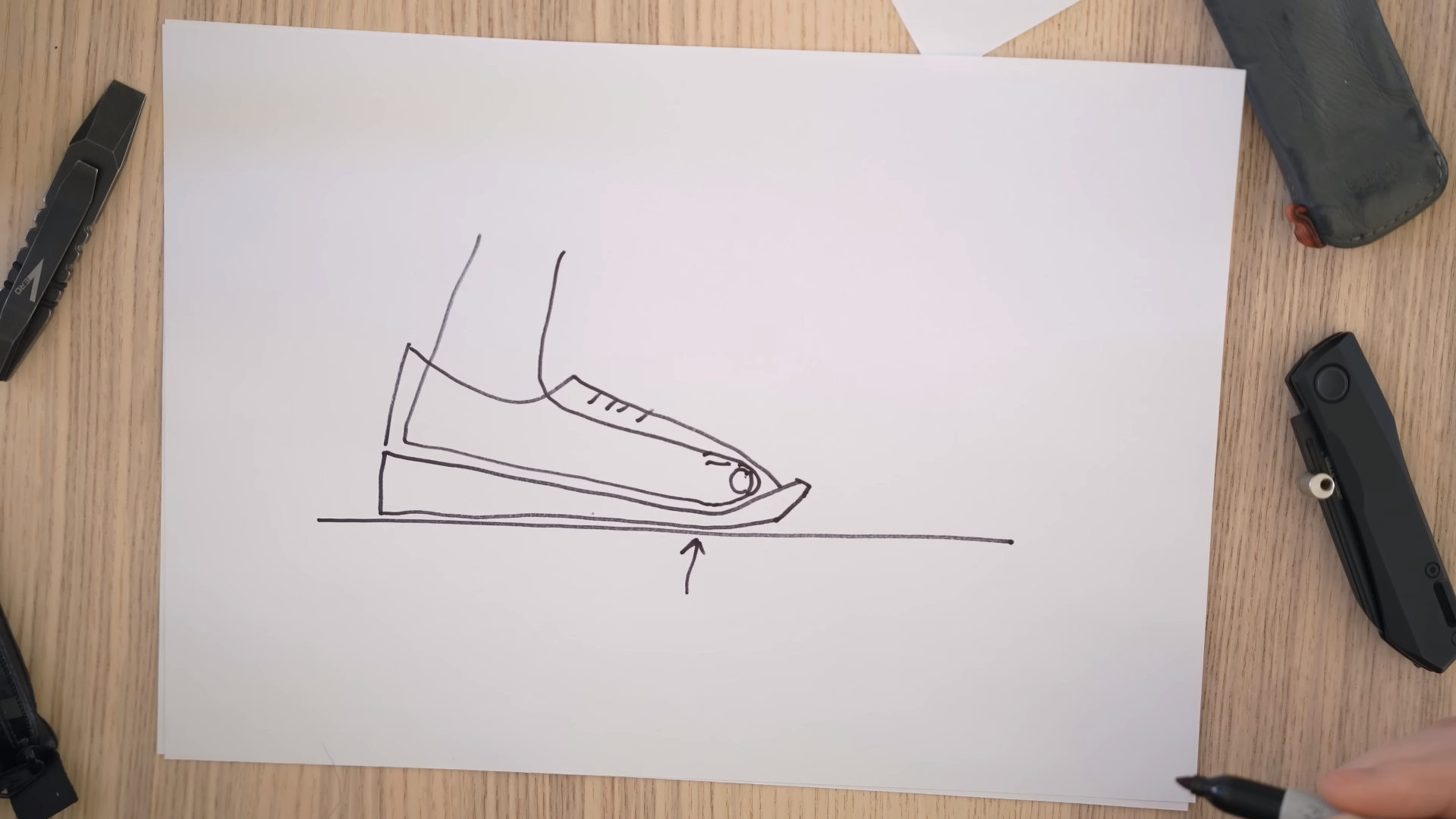
More natural movement and gait
Another major benefit of using barefoot shoes is that it allows for more natural and efficient movement. Without the cushioning and padding found in traditional hiking boots, your feet can move and flex more freely as you walk or run. This can lead to less fatigue on the trail since your muscles won’t have to work as hard to make adjustments with every step. Furthermore, most barefoot shoes also feature a wide toe box design which allows you to distribute your weight evenly across all of your toes.
Improved coordination and awareness
Since barefoot shoes force your feet to interact more directly with the terrain, it can help improve coordination and awareness. As you walk or run in these shoes, you will be able to better sense obstacles such as roots, rocks, and other uneven surfaces which can help you adjust your stride accordingly. This type of awareness is especially beneficial for trail runners who need to be aware of their surroundings at all times.
Reduced foot and joint pain
Wearing barefoot shoes can also help reduce foot and joint pain as the midsole of these shoes doesn’t compress as traditional hiking boots do. This allows for greater shock absorption which minimizes the impact on your feet and joints with every step. As a result, you will be able to enjoy longer hikes without having to worry about soreness or fatigue.
Reduced risk of blisters and hot spots
Barefoot shoes can also help reduce the risk of blisters and hot spots as they don’t rub against your skin like some traditional hiking boots do. This is especially beneficial for hikers who are prone to developing these types of issues while out on the trail. Furthermore, most barefoot shoes are designed with breathable materials to help keep your feet cool and dry during extended hikes in the summer months.
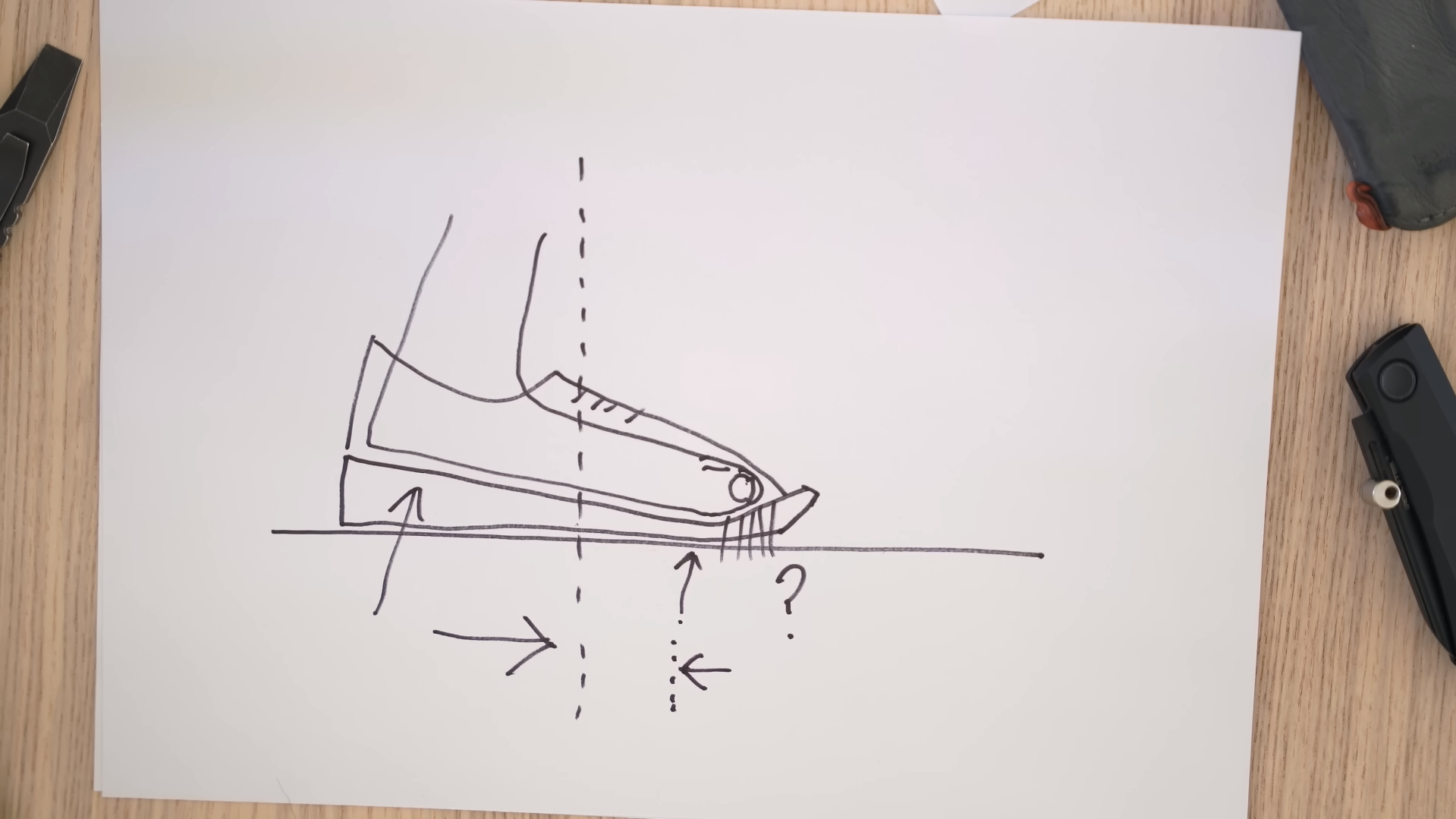
Enhanced experience of the outdoors
By eliminating the cushioning and padding found in traditional hiking boots, you will be able to truly feel what’s beneath your feet as you explore new trails. This heightened level of awareness allows hikers to really appreciate nature and all the beauty it has to offer.
Rejuvenating and grounding effect
Not only will your feet be able to feel all the elements of nature beneath them, but you will also be engaging with the earth’s energy which has been known to reduce stress and promote relaxation. This is especially beneficial for hikers who are looking to enhance their outdoor experience while out on the trail.
Less environmental impact
Using barefoot shoes has much less of an environmental impact since these shoes don’t require heavy cushioning and padding like traditional hiking boots do. This type of shoe typically uses fewer resources during production which helps reduce its overall carbon footprint.
Bare feet dry quicker
Finally, if you happen to get your feet wet while out on the trail, they will dry much quicker when wearing barefoot shoes as compared to traditional boots. This is because these shoes are made from breathable materials that allow air and moisture to circulate freely.
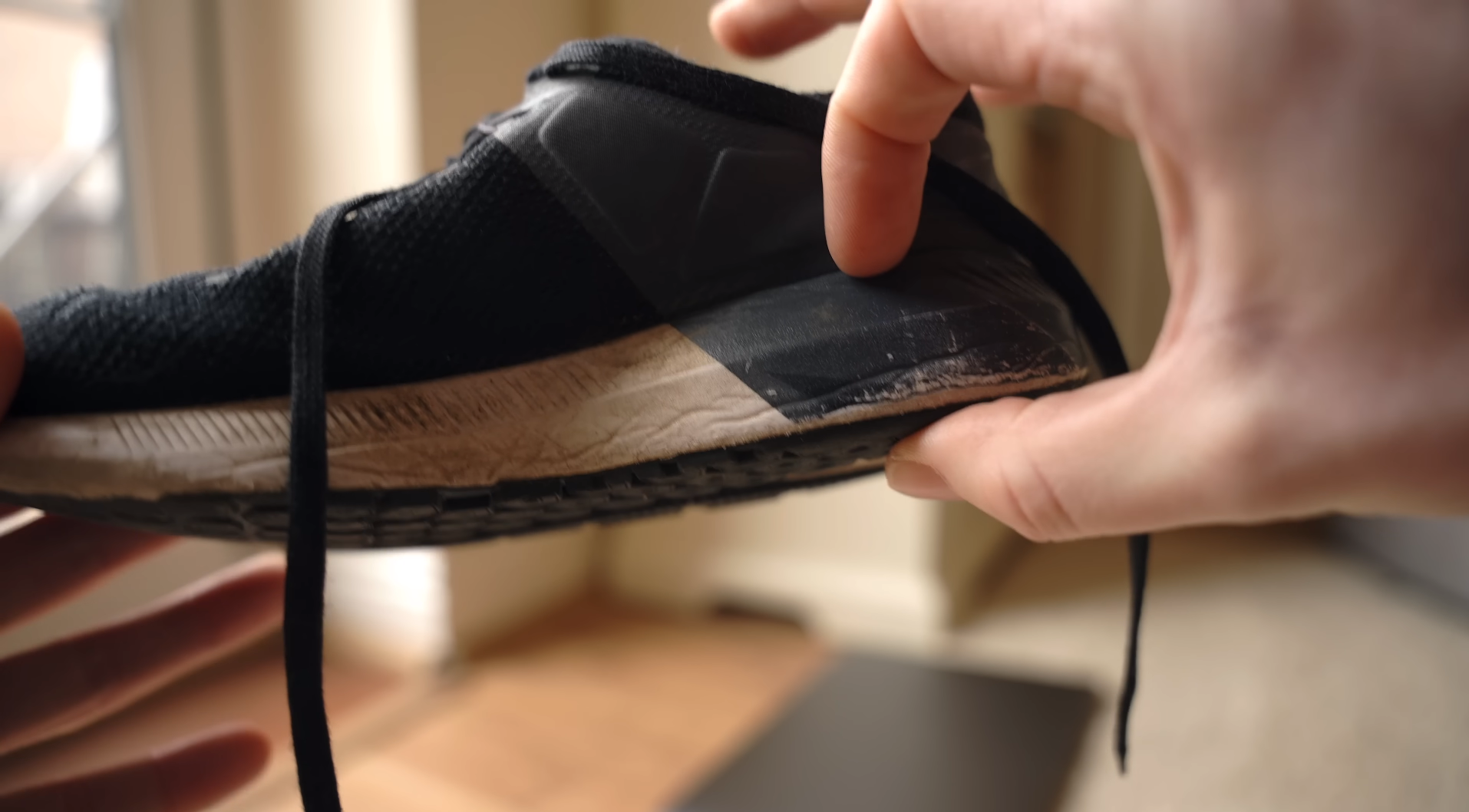
Cons of Barefoot Hiking
Barefoot hiking shoes do have some downsides. Firstly, there is a steep learning curve associated with them. As the cushioning is minimal, your feet need time to adjust and get used to it. This can make you more susceptible to blisters and other injuries during the initial wearing period.
Another disadvantage of barefoot shoes for hiking is that it offers little support and protection against debris on trails or off-road terrain. Aggressive trails may contain sharp rocks, gravel, and jagged roots that may penetrate the soles of the shoe and cause injury to your feet. So if you’re planning on taking on an aggressive trail, you might want to consider wearing a pair of conventional hiking shoes instead.
Need to pay more attention to your feet
If you’re considering wearing barefoot shoes for hiking, it’s important to know that they require a bit more attention and care from the wearer. Without any cushioning and support, the tiny muscles in your feet are working harder than ever to keep you balanced as you walk. This can lead to fatigue, especially if you’re an inexperienced hiker or have been walking for long periods of time.
It’s also important that you inspect your feet regularly while wearing these shoes as there may be microscopic injuries that don’t cause pain but could potentially become infected if left untreated. Pay special attention to areas between your toes and around your ankles as these are prime spots for cuts and blisters.
Takes time to adjust
It can take weeks or even months for your feet and muscles to become accustomed to the new sensation and terrain. During this adjustment period, make sure to pay extra attention and take frequent breaks if you feel any discomfort.
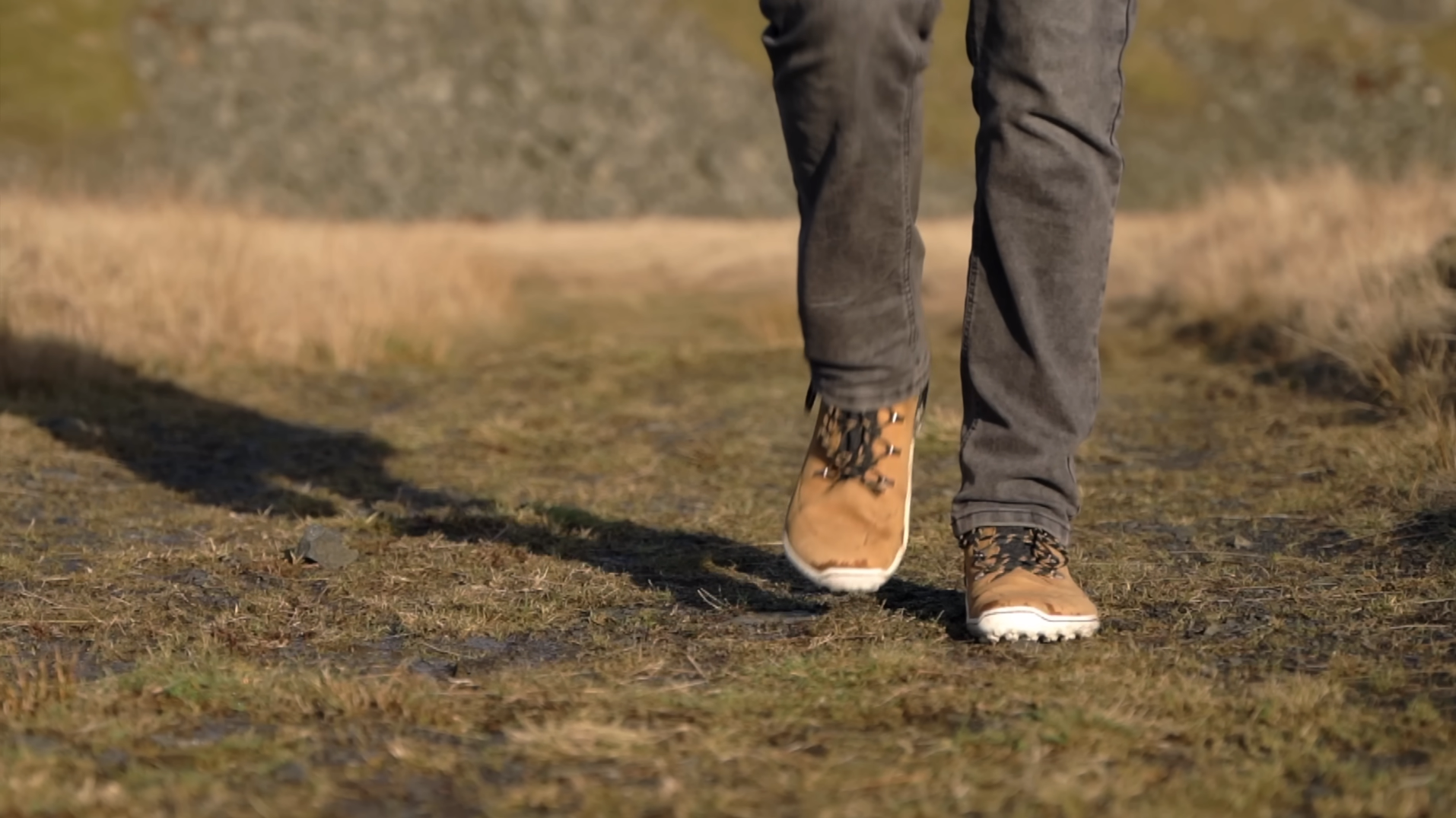
Can’t move as quickly
Barefoot shoes aren’t designed for speed. With no cushioning, the impact of your feet hitting the ground has to be absorbed solely by your muscles and joints. This means that it can take more time and effort to complete a trail than if you were wearing conventional hiking shoes.
Harder to hike with a group
If you’re planning on going hiking with a group, it’s important to consider that some of your companions may not be able to keep up with you if they are wearing barefoot shoes. As mentioned above, the lack of cushioning and support makes it harder to move quickly and agilely on rough terrain, so you have to factor this into the equation when deciding which type of shoes to wear.
Increased attention and questions from others
Be prepared for some people to take a second look at you when they see you wearing barefoot shoes. They may ask questions or express their surprise that you’re not wearing conventional hiking boots. This can be a bit annoying, so just be prepared for some extra attention if you decide to go with this style of shoe.
Calluses and grimy feet
If you wear barefoot shoes often, your feet may become tougher and develop calluses over time. This is normal but not necessarily pleasant to look at. Additionally, the lack of protection from these shoes can lead to your feet becoming grimier more quickly than they would with regular hiking shoes. [1]
Long Distance Hiking in Barefoot Shoes vs Shorter Day Hikes
When it comes to long-distance hiking, there are some key differences between barefoot and traditional shoes. On one hand, a minimalist design of the shoe may make it easier for your feet to breathe and move naturally, reducing fatigue during strenuous hikes. On the other hand, these types of shoes don’t offer as much cushioning or support as traditional hiking boots.
If you’re planning a longer hike over several days, then you should consider opting for a more robust boot with extra cushioning and support. This will help keep your feet comfortable throughout the entire journey.
However, if you’re just going out on shorter day hikes, then a barefoot shoe can still be an excellent option. The lightweight nature of the design can reduce fatigue and make your feet more comfortable. Plus, these shoes are flexible enough to move with you as you traverse uneven terrain.
Whatever type of hike you’re planning, it’s important that you wear properly fitted shoes for maximum comfort and support. For long-distance hikes, be sure to break in your boots before hitting the trail!
Shorter Day Hikes
If you’re new to hiking or just want to take it slow, a shorter day hike may be a better option for testing out barefoot shoes. Many hikers opt for shorter hikes with lighter packs and more comfortable footwear as they build their confidence in the outdoors. Barefoot shoes can offer plenty of protection without sacrificing comfort, traction, and stability on shorter hikes. Even if you don’t have much experience yet, try out your barefoot shoes on a day hike that’s not too far away from home – this way you can easily turn back if necessary.
To get the best experience out of your barefoot shoes, be sure to choose one that fits snugly around your feet and provides adequate arch support. If possible, try to find a shoe with extra grip in the sole for improved traction when walking on slippery surfaces or steep inclines. Remember to take breaks during your hikes so that your feet can recover from any strain or fatigue they may be experiencing.
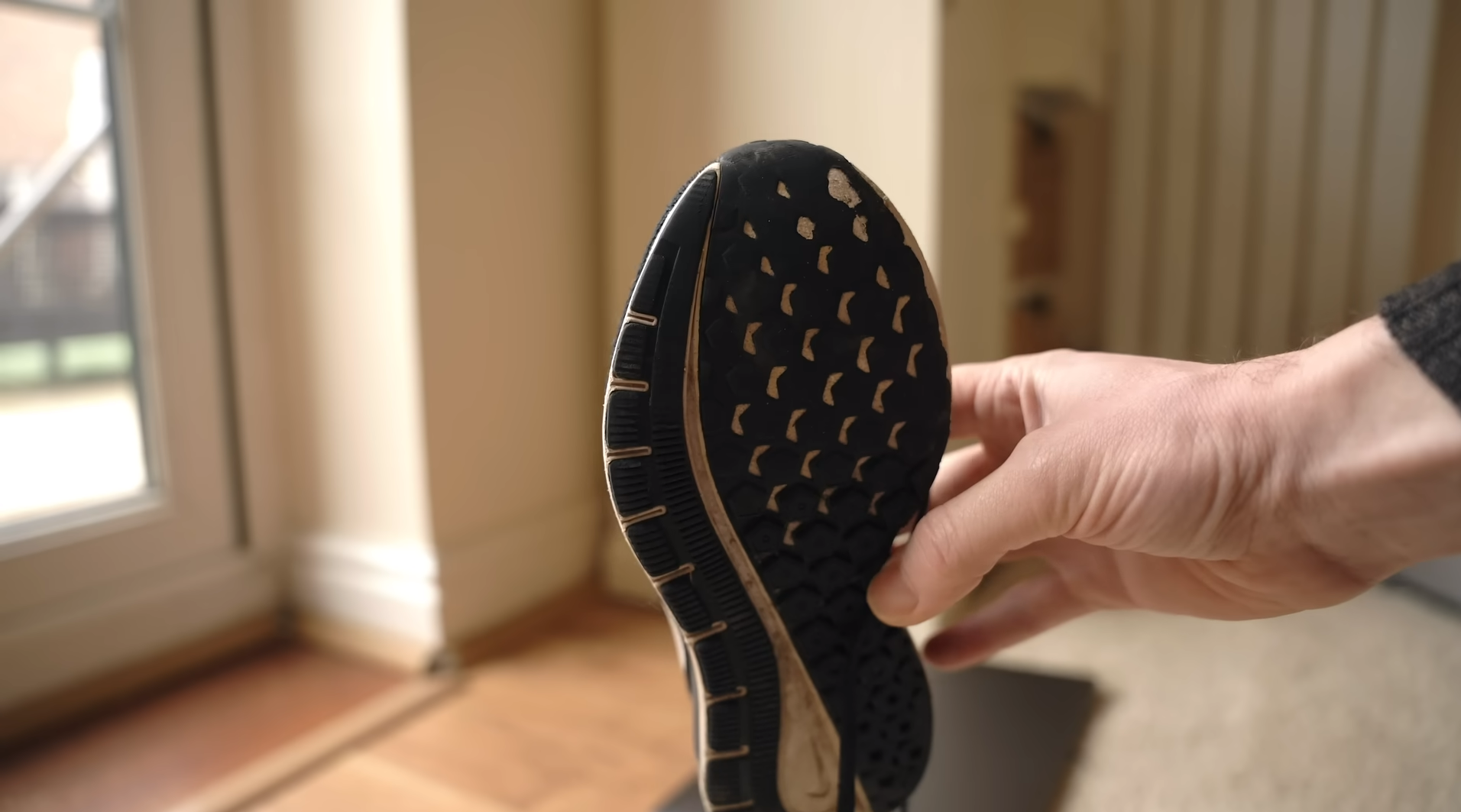
Long Distance Hiking
When it comes to long-distance hiking, barefoot shoes can be a great option. The lightweight construction and thin sole make them ideal for carrying over the course of a long day’s journey – they won’t weigh you down like heavier boots would! Additionally, since the lack of cushioning causes your feet to work harder, having barefoot shoes on can help build strength in feet and legs which will help prevent injuries over time.
That said, using barefoot shoes may not always be the best idea when it comes to long-distance hiking. If you’re going to be walking on rough terrain or through deep mud or snow, you may want something more protective than what these shoes provide. Additionally, if you have any foot issues such as plantar fasciitis or bunions, you may want to opt for a shoe with extra cushioning and arch support. It’s important to consider your needs and terrain before deciding if barefoot shoes are the best choice for long-distance hikes. [2]
Overall, though, barefoot shoes can be great for long-distance hiking when used in the right conditions. With their lightweight construction and thin sole, they can help keep you comfortable and light on your feet over the course of a lengthy journey!
Dangers and Risks to Consider
When it comes to are barefoot shoes good for hiking, there are some risks and dangers that you should be aware of. The main danger is the lack of protection from sharp objects on the trail. Without proper shoes, your feet can easily be cut or scraped by small rocks and twigs. It’s also a lot easier to slip while wearing barefoot shoes than when wearing heavy duty hiking boots. Additionally, if you’re not used to walking long distances in these types of shoes, they may cause soreness and fatigue in your muscles faster than usual due to the extra strain. Furthermore, since these type of shoes don’t offer any arch support, they can lead to issues like plantar fasciitis over time if not worn properly.
Therefore, while barefoot shoes can be a comfortable option for some hikers, they should not be your go-to choice if you are planning to take on more strenuous trails or tackle more difficult terrain. It’s best to consult with an expert before attempting to use these types of shoes on the trail and make sure that you’re well aware of the risks and dangers associated with them. Finally, always bring along a pair of hiking boots in case you need additional protection and support. This way, you’ll have the right gear no matter what kind of terrain you encounter during your hike.
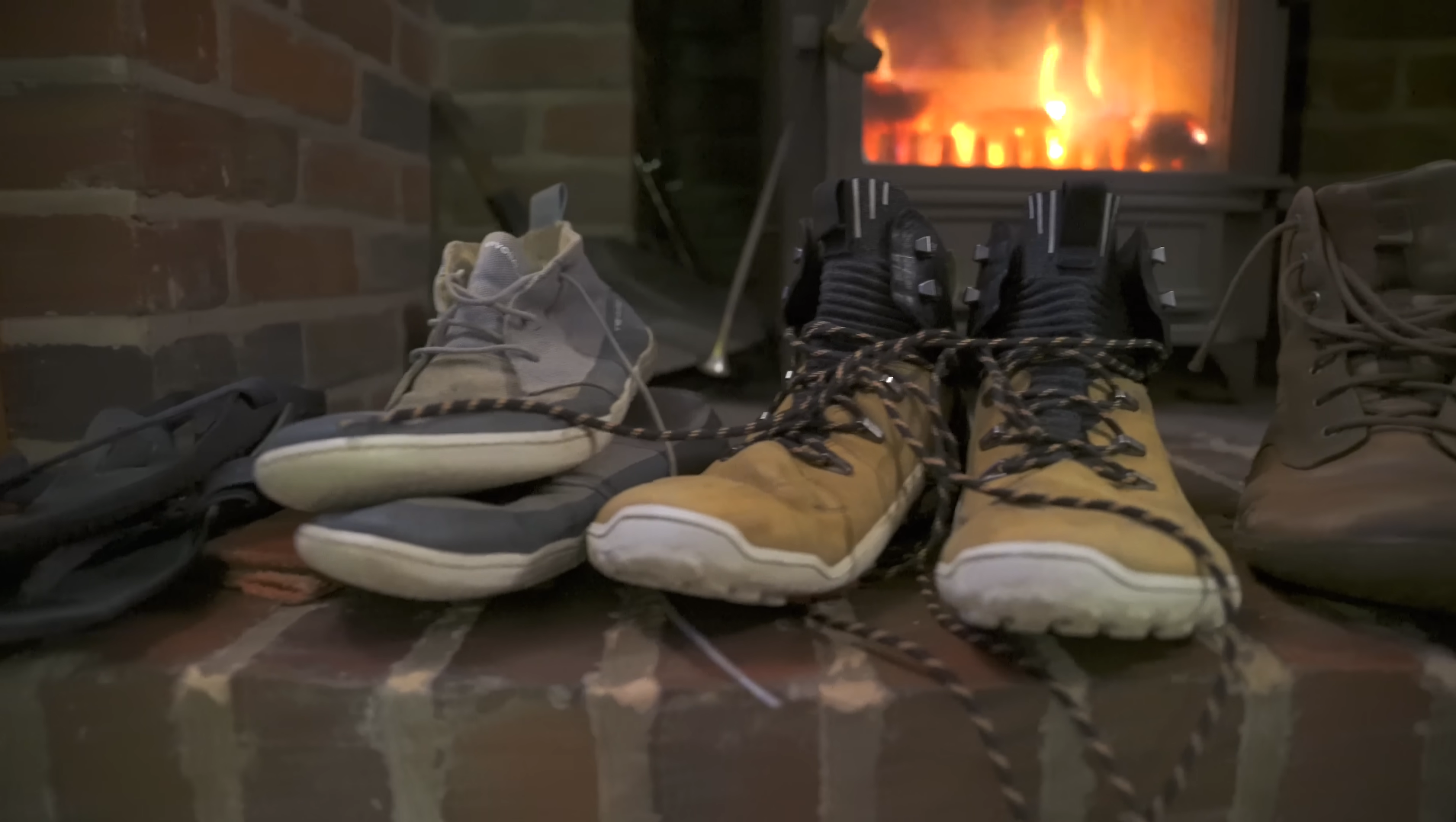
Cuts, scrapes, stubbed toes, and other injuries
When it comes to barefoot shoes for hiking, you should be aware that they offer no protection from cuts and scrapes. This is especially important when dealing with rough terrain or rocky pathways as sharp rocks and small twigs can easily cut through the thin soles of these types of shoes. Furthermore, stubbed toes can also be a problem since these shoes don’t offer much cushioning or support.
For this reason, it’s best to proceed with caution when wearing barefoot shoes on the trail. Always take your time and pay attention to where you’re walking instead of rushing ahead without looking at what’s in front of you. Additionally, make sure that you bring along a first-aid kit so that you have the supplies necessary to treat any cuts, scrapes, or other injuries that may occur. Finally, if you do encounter sharp objects on the trail, it’s best to wear a pair of heavy-duty hiking boots for additional protection.
Splinters and other foreign objects
Another issue to be aware of when it comes to wearing barefoot shoes on the trail is the risk of picking up splinters and other foreign objects. These shoes provide little protection so small sticks and rocks can easily get stuck between your toes or pierce through the thin soles. This can lead to painful splinters and bacterial infections which can last for days if left untreated.
Inspect your feet regularly while hiking in order to prevent any potential problems from arising. Additionally, always bring a pair of tweezers with you just in case you need to remove any foreign objects that may have gotten stuck in between your toes. Finally, make sure that you wear appropriate socks with these types of shoes in order to reduce the risk of picking up any splinters.
Stings and bites from insects and animals
Another potential danger that you should be aware of when it comes to barefoot shoes good for hiking is the risk of stings and bites from insects and other animals. Since these type of shoes offer no protection from these types of pests, they can easily sting or bite your feet without you even realizing it until it’s too late. This can lead to serious infections which can be difficult to treat if left untreated for too long.
Wear insect repellent and check your feet regularly for any signs of bites or stings. Additionally, make sure that you wear thicker socks with these types of shoes in order to provide some additional protection against biting insects. Finally, if you do encounter any dangerous animals on the trail, make sure that you have appropriate safety gear with you in order to protect yourself from potential attacks.
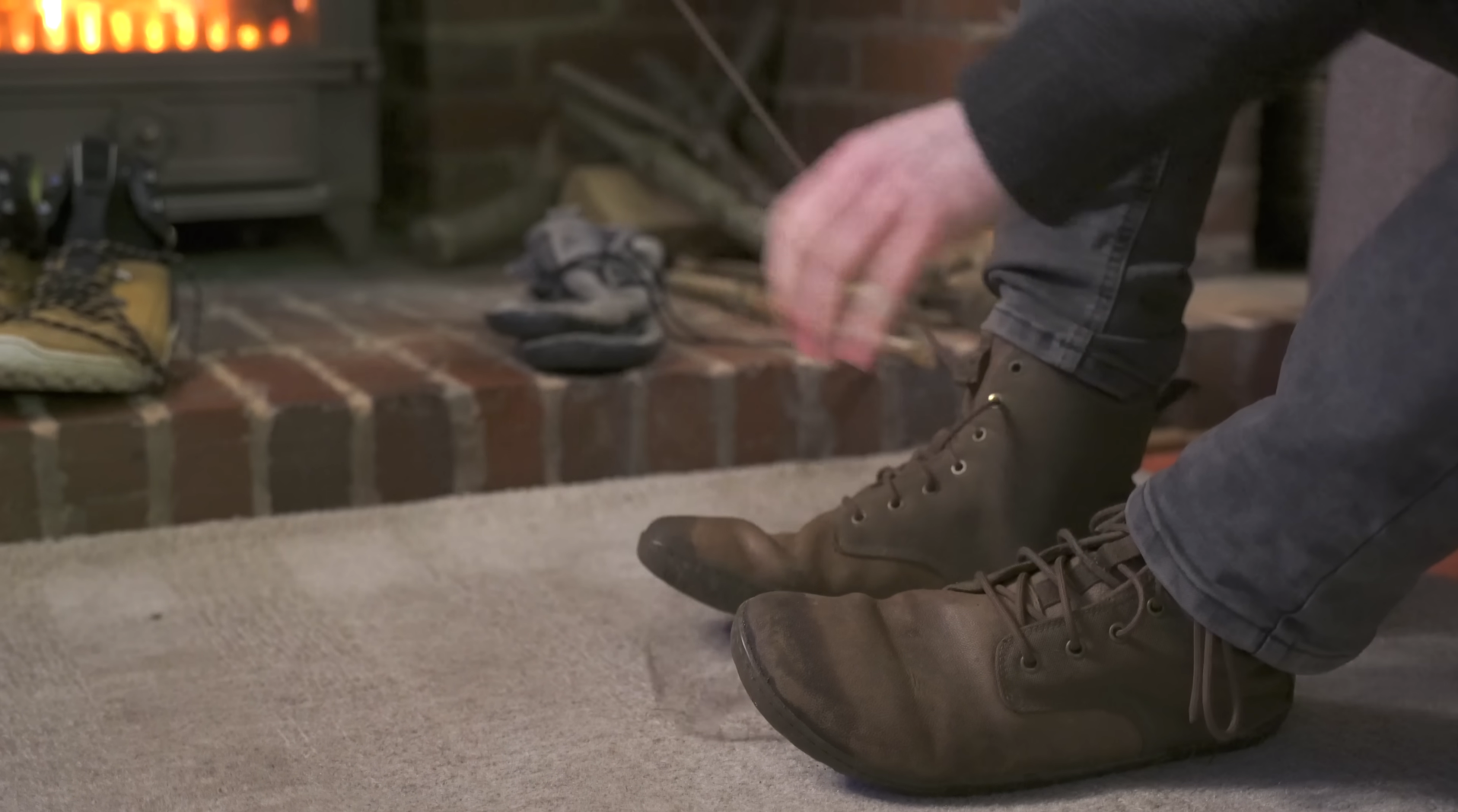
Irritating plants
You should also be aware of the risk of irritation from certain plants when wearing barefoot shoes on the trail. While some people may not have any issues with them, there are certain plants that can cause rashes or other irritations if they come into contact with your skin for too long. This is especially true in areas where poison ivy and other irritating plants grow.
Be sure to research the area before you set out on a hike so that you know what kind of plants to look out for. Additionally, wear thick socks with these type of shoes in order to provide additional protection from any potentially irritating plants. Finally, always bring a first aid kit along just in case you need to treat any rash or skin irritation that may occur while on the trail.
Parasites, bacterial and fungal infections
Finally, you should also be aware of the risk of parasites, bacterial and fungal infections when choosing to wear barefoot shoes on the trail. These types of infections can be difficult to treat if left untreated for too long and can lead to severe illnesses. Therefore, it’s important to take precautions in order to reduce your chances of getting infected.
Always inspect your feet regularly while hiking and make sure that they are free from any cuts or scrapes. Wear appropriate socks with these type of shoes in order to provide additional protection against bacteria and fungi. Additionally, bring along a first aid kit just in case you need to treat any infection that may arise while on the trail. Finally, always bring an extra pair of heavy-duty boots just in case you encounter any difficult terrain or dangerous animals on the trail.
Increased susceptibility to cold
Finally, it’s important to note that wearing barefoot shoes on the trail can make you more susceptible to cold. Since these type of shoes don’t offer much insulation or protection from the elements, your feet can quickly become chilly and uncomfortable after extended periods of time in colder temperatures.
Make sure that you wear thicker socks with these type of shoes in order to provide additional warmth and insulation. Additionally, bring along a pair of heavy-duty boots just in case you need extra protection against the cold. Finally, always dress in layers when hiking so that you have the necessary gear no matter what kind of terrain or temperature conditions you may encounter during your hike.
Things To Check
Before you make a decision on whether to invest in barefoot shoes for hiking, there are a few things you should consider.
First, your feet need to be up to the challenge of transitioning from regular shoes to barefoot shoes. If your feet aren’t used to less cushioning and support, it can take some time for them to adjust. Make sure they’re adequately conditioned before taking off on an extended hike in these types of footwear.
The next factor is traction. Most barefoot hiking shoes provide good grip, but some are better than others on certain terrains. Make sure to do your research and pick a pair that has a sufficient grip for the terrain you plan to encounter during the hike.
Finally, remember that barefoot shoes don’t offer much in terms of protection from water, cold air, or sharp objects like thorns or stones when compared to regular hiking boots. Take this into consideration if you’ll be facing weather with temperature extremes or jagged surfaces while out on the trail. [3]
FAQ
Is it good to hike in barefoot shoes?
Yes, in general, barefoot shoes are a great choice for hiking. They provide natural movement while still providing protection from elements like rocks and dirt. Due to their lightweight design, you’re less likely to feel weighed down by shoes on long hikes. Additionally, the lack of extra material allows your feet to breathe better and sweat less, which can lead to fewer blisters and more comfort on the trail. However, it’s important to make sure that the style and fit of your barefoot shoes properly fit your needs before heading out on any hike. [4]
What type of footwear is best for hiking?
When it comes to choosing footwear for your hiking trip, you want something that will provide comfort and grip. Hiking boots generally offer the best support, cushioning, and traction for uneven terrain. But barefoot shoes have become more popular in recent years, with many people questioning whether they offer an effective alternative to traditional hiking shoes. So are barefoot shoes good for hiking?
The answer is – maybe! It depends on a number of factors such as the type of trail you’re tackling, the length of the hike, and your own preferences. While some may find them comfortable and suitable for shorter hikes, others may prefer traditional hiking boots for longer or more challenging treks.
Barefoot shoes are usually lightweight and offer minimal cushioning, so they don’t provide the same level of support as boots. They also may not have good traction on rocky or slippery surfaces, which is crucial for safety when tackling challenging terrain. Additionally, they can be uncomfortable if you’re used to having more padding in your shoes.
If you do decide to give barefoot shoes a try, make sure to use them on shorter hikes at first and build up gradually until you find what works best for you – both in terms of comfort and performance! For longer or more technical treks, it’s usually recommended that hikers stick with proper hiking boots.
Ultimately, the choice between traditional hiking footwear and barefoot shoes will depend on personal preference, the type of hiking you plan to do, and the conditions you’ll be facing.
Are minimalist shoes good for walking long distances?
The short answer is yes, minimalist shoes can be great for walking long distances. If you’re looking to reduce the amount of shock your feet receive from each step while walking or running long distances, then barefoot/minimalist shoes are a great choice. They provide more flexibility and cushioning than regular athletic shoes, allowing your feet to move naturally and reducing strain on your joints.
They also allow you to get more in touch with the ground beneath you — you’ll be able to feel variations in terrain that would otherwise go unnoticed if wearing conventional shoes. This could potentially help prevent tripping over rocks or uneven surfaces when hiking. It’s important to remember, however, that it may take a bit of time for your feet to adjust to the feel of minimalist shoes.
If you’re looking for a shoe specifically designed for hiking, there are several options on the market. For instance, Merrell’s Trail Glove and Xero’s Prio are both popular choices for hikers who favor minimalistic footwear. Both offer great levels of cushioning while still allowing your foot to move naturally over terrain.
Finally, if you choose to go with barefoot/minimalist shoes, make sure you also purchase some form of protection for your feet — such as gaiters or thicker socks — as these will help protect against sharp objects and abrasive surfaces that could otherwise cause injury. With proper care and protection, minimalist shoes can be an excellent choice when it comes to hiking. [5]
Are barefoot shoes actually better for you?
The idea that shoes designed to emulate the feeling of walking barefoot might be better for your feet and body is gaining traction. Proponents of this theory believe that traditional shoes with their stiff soles and thick material can interfere with natural foot mechanics, leading to issues such as plantar fasciitis or arch pain. By contrast, barefoot-style shoes are lightweight and provide minimal support or cushioning, allowing for a more natural walking experience.
But do these shoes actually provide any real benefits? Studies have shown mixed results. Some indicate that wearing barefoot-style shoes can strengthen muscles in the feet and lower legs, while others suggest there’s no difference between them and traditional footwear.
Still, many people find that these shoes are more comfortable and allow them to move in a more natural way. This is especially true for those who prefer simply walking or running over taking part in intense physical activities such as hiking. If you’re looking for an alternative to traditional hiking boots, barefoot-style shoes might be worth considering – but make sure they’re properly fitted and designed to provide the necessary protection from rocks, roots, and other debris on the trail. [6]
They may not be the right choice for every situation, but if you’re looking for comfort and unrestricted movement while out in nature, barefoot-style shoes could be your best bet.
Useful Video: What the Barefoot Shoe Community Doesn’t Want To Talk About
Conclusion
The decision to wear barefoot shoes for hiking depends on personal preference as well as how far or demanding your hike may be. To ensure that you have the best experience possible, consider wearing socks with the shoes, breaking them in before going on a long hike, and replacing them once they begin to wear down. With the right approach, you’ll be sure to enjoy every step of your journey!
If you’re looking for a lightweight and comfortable shoe option for your next hike, barefoot shoes are an excellent choice. Their minimalist design will provide the protection and balance you need while minimizing fatigue on your feet. Plus, their breathable fabric keeps your feet cool and dry during long hikes. With the right care and maintenance, they can last many years of adventures! So why not give them a try? Your feet (and wallet) will thank you later. Happy trails!
References:
- https://silverlight.store/barefoot-hiking/
- https://trailandsummit.com/are-barefoot-shoes-good-for-hiking/
- https://www.barefoottrainingcentral.com/are-barefoot-shoes-good-for-hiking/
- https://trailandsummit.com/are-barefoot-shoes-good-for-hiking/
- https://www.theglobeandmail.com/life/health-and-fitness/ask-a-health-expert/can-i-take-long-distance-walks-in-minimalist-running-shoes/article4106446/
- https://www.runnersathletics.com/blogs/news/benefits-of-barefoot-running-shoes

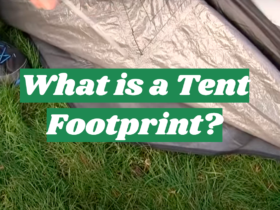
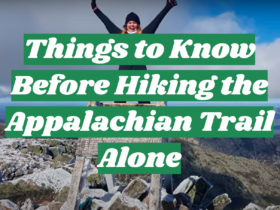
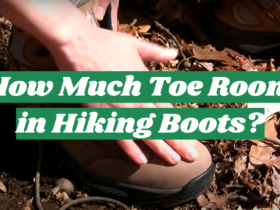
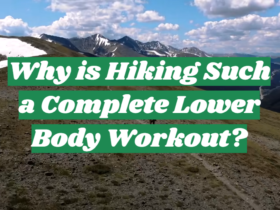
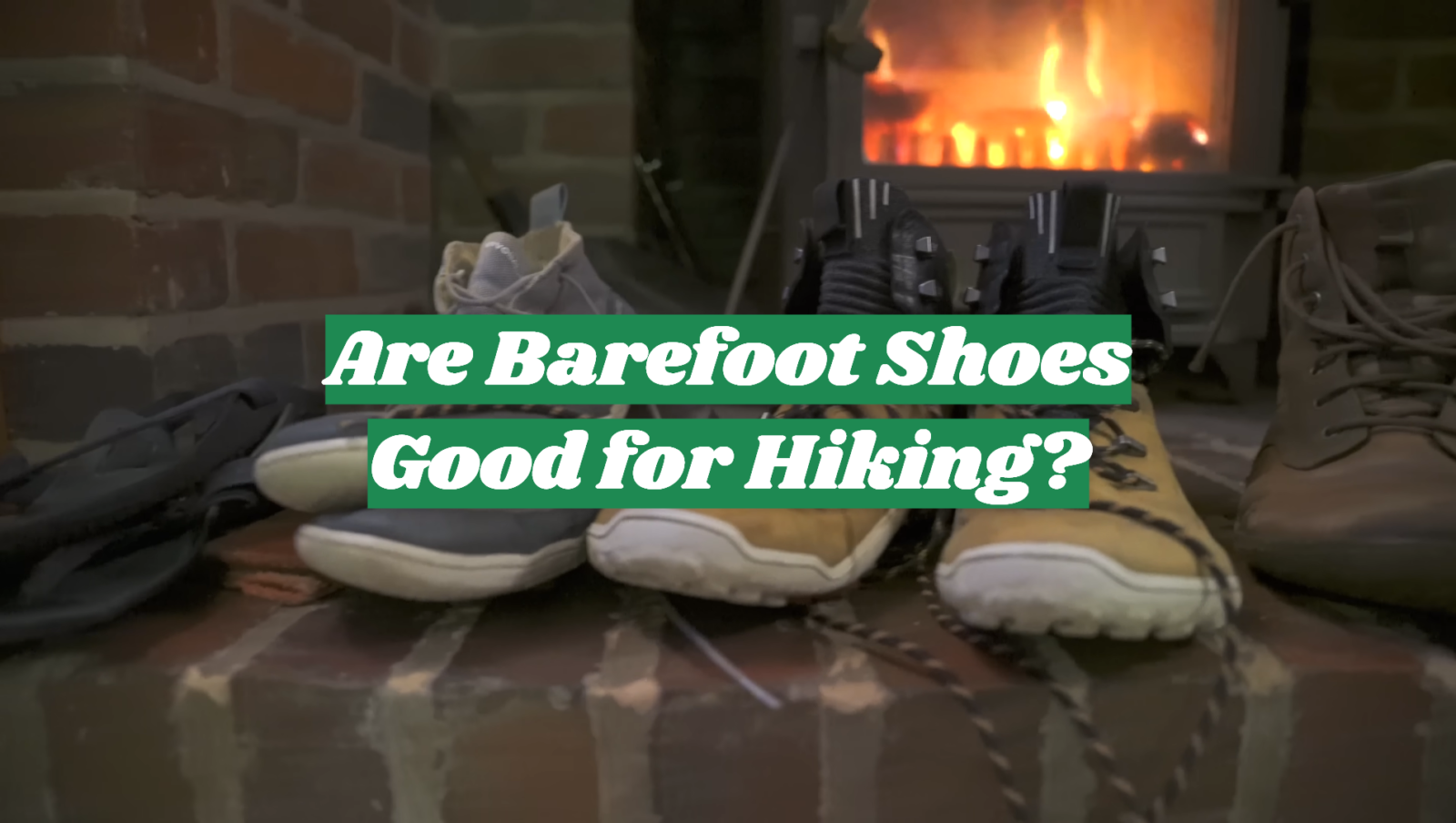
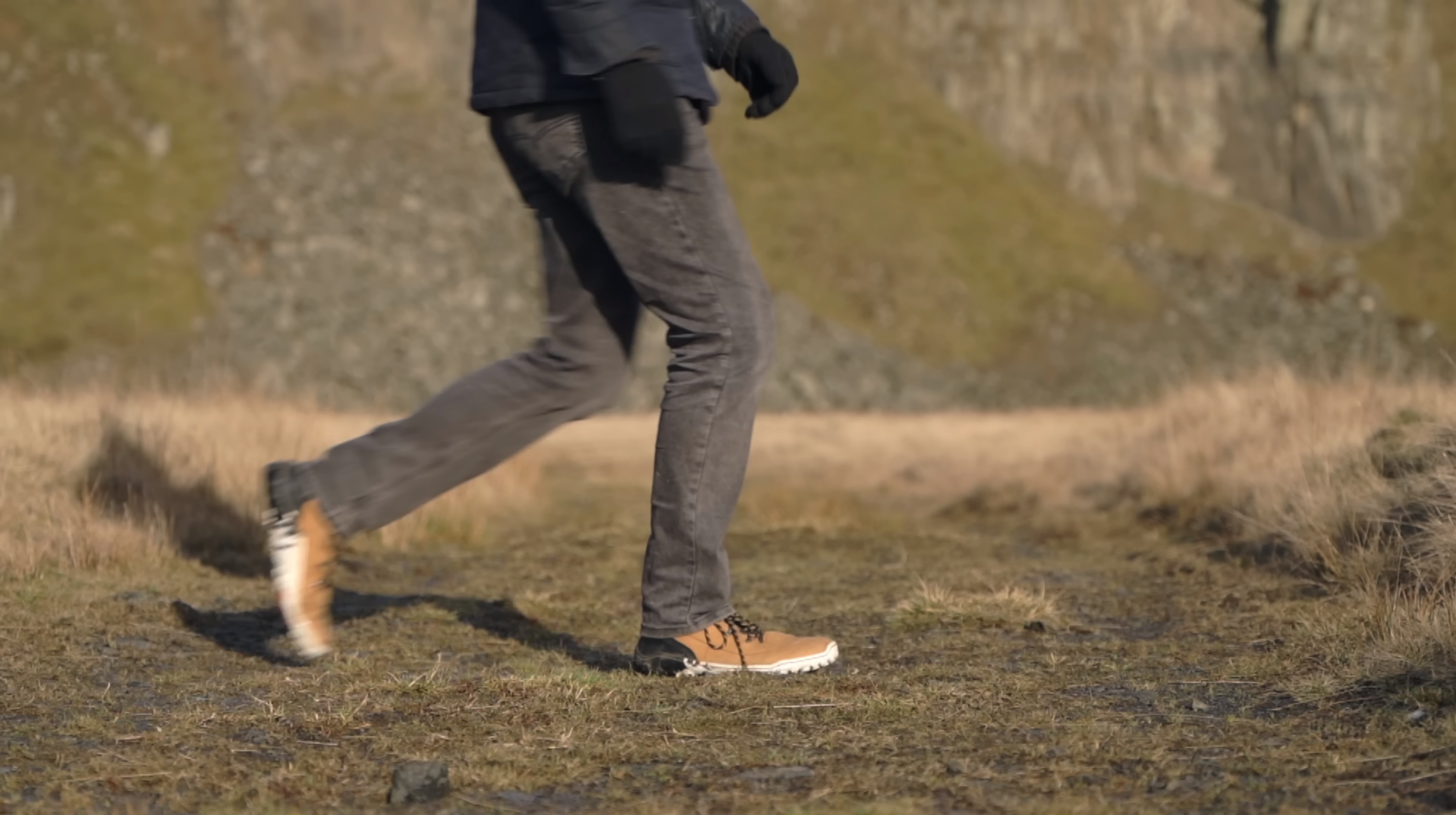

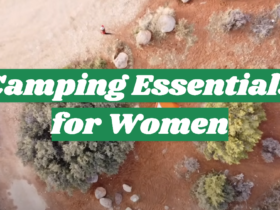

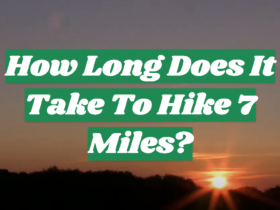
Leave a Review